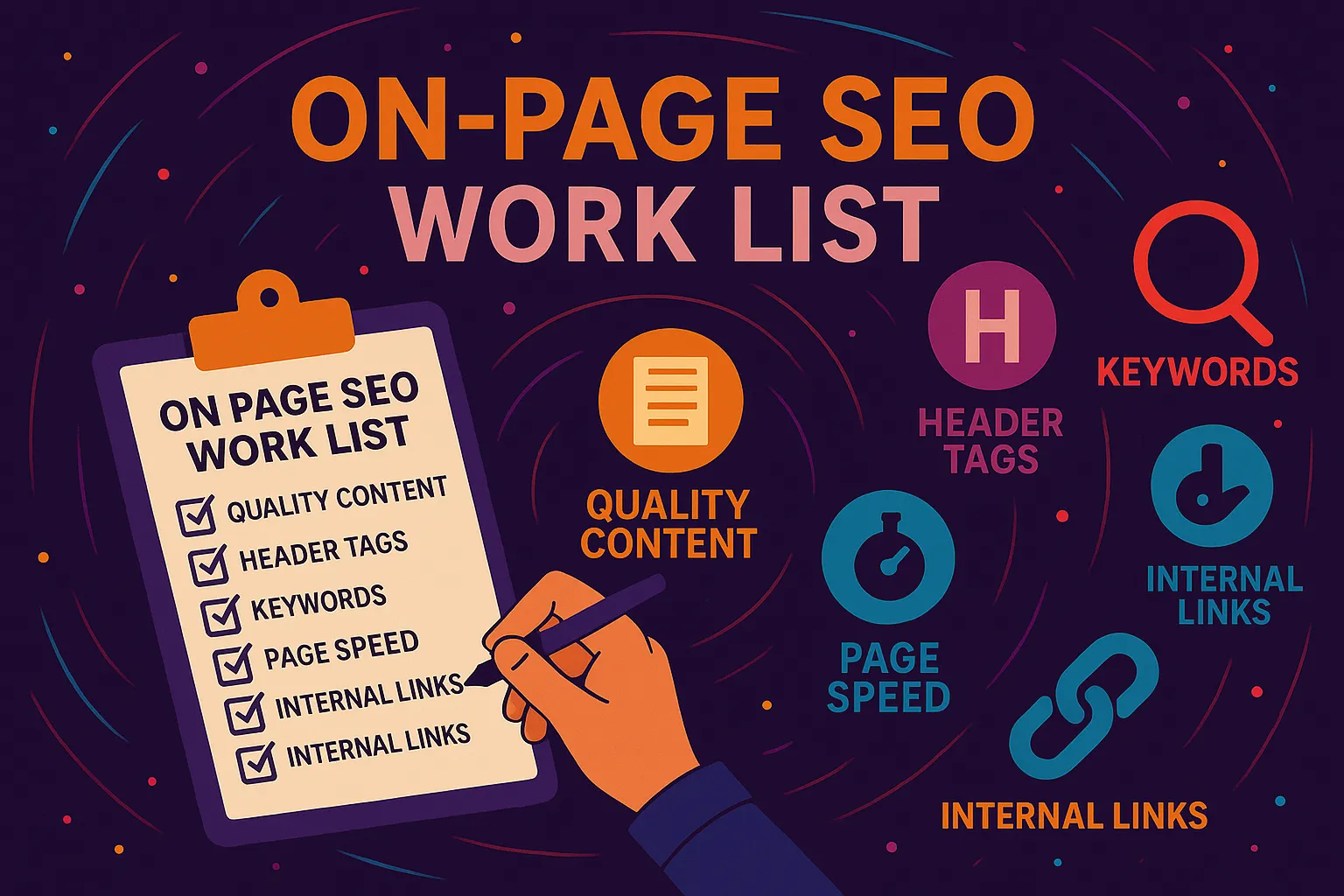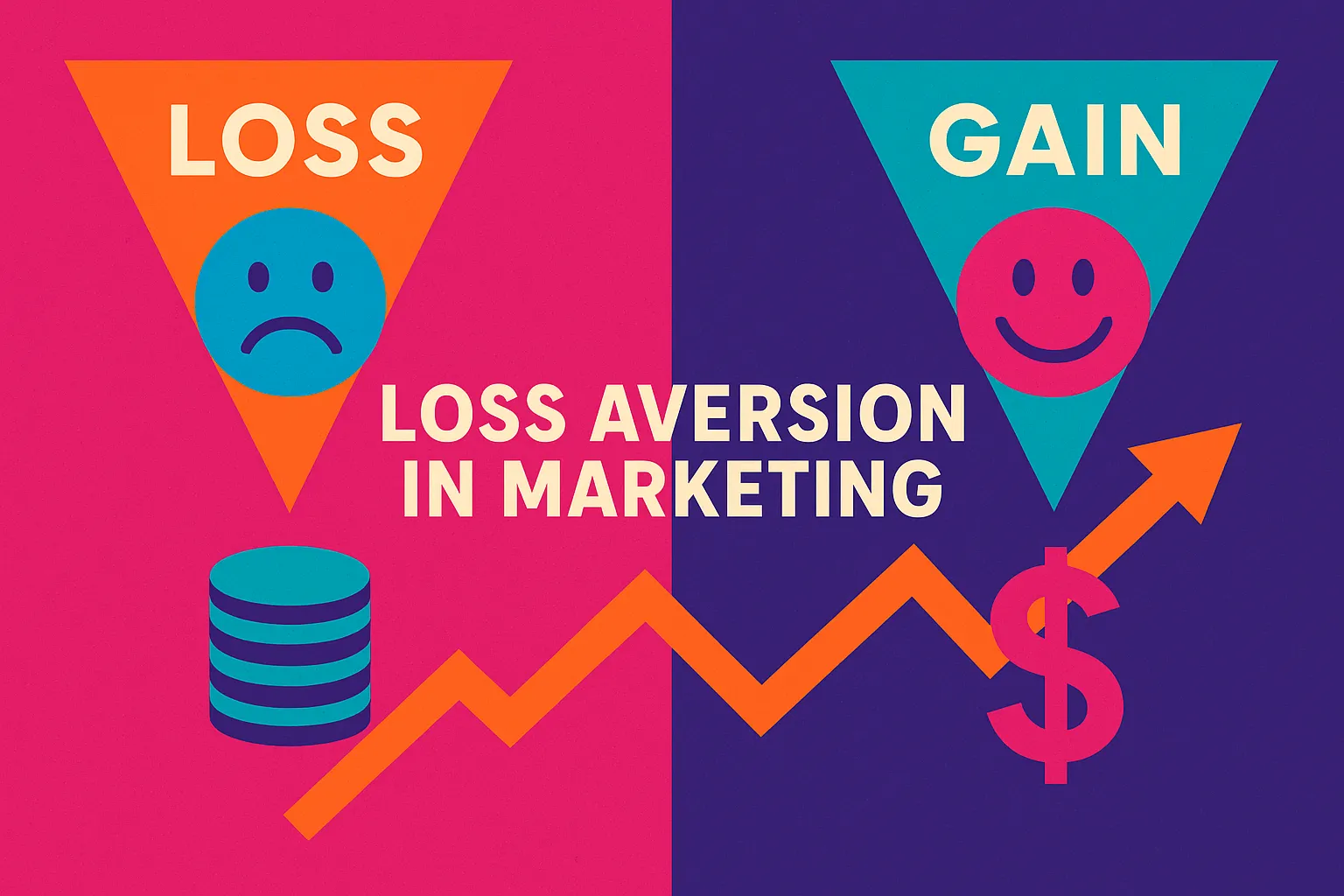What Are Technical SEO Terms?
Technical SEO terms refer to the vocabulary and concepts used in the backend process of helping your website communicate clearly with search engines. These terms cover how search engines crawl your site, index your content, and understand its structure.
They also include speed, mobile performance, structured data, and security. Without these building blocks in place, even the best-written content might never be seen.
At Vibe Branding, we’ve worked with hundreds of clients who knew their product inside and out but needed help translating that knowledge into a website Google could actually read. That’s where knowing your technical SEO terms comes in handy.
TL;DR – What You’ll Learn in This Post
- A simple definition of what “technical SEO terms” means
- Why knowing technical SEO terms can make or break your site’s visibility
- The exact terms you should understand as a beginner or business owner
- Real-world experience from our 10+ years working with websites and developers
- Examples and tools that make these terms easier to apply to your own business
Why These Terms Matter for Your Business
I still remember a client from our early days at Vibe Branding who had an amazing e-commerce site but couldn’t figure out why they weren’t getting any search traffic. Their pages weren’t being indexed because the developer had accidentally blocked the site in the robots.txt file.
One technical SEO term, misunderstood, cost them six months of visibility. Once we fixed it and submitted the sitemap properly, their traffic increased by over 300% in the following quarter.
This is why understanding technical SEO terms isn’t just for SEOs—it’s essential knowledge for anyone serious about growing their brand online. If you know what these terms mean, you can catch red flags early and have more productive conversations with your marketing or web development team.

The Terms Every Business Owner Should Know
Let’s dig into the good stuff. These are the technical SEO terms I always explain first when onboarding a new client.
First, you need to know about crawlability and indexing. This includes understanding what a crawler (or bot) is and how search engines use them to explore your site.
The robots.txt file tells these bots which pages they can or can’t visit. Get this wrong, and entire pages could be invisible to Google.
Next is the sitemap, which acts like a table of contents for your website, helping bots index everything more efficiently. Another key term is canonical URL—this tells Google which version of a page is the primary one, preventing duplicate content issues.
These terms are the base layer, and we haven’t even touched performance or security yet. But even just getting these right can drastically improve your visibility in search.
Performance Terms That Directly Impact Rankings
Technical SEO terms don’t stop at crawling and indexing. Speed and performance have become massive ranking factors, especially with Google’s introduction of Core Web Vitals.
These are a set of metrics designed to measure real user experience: Largest Contentful Paint (LCP), Cumulative Layout Shift (CLS), and Interaction to Next Paint (INP). At Vibe Branding, we always track these during site audits because we’ve seen direct correlations between improved performance and higher rankings.
For example, we had a client reduce their LCP from 4.3s to 2.1s, and they jumped from position #9 to #3 for their main keyword. Time to First Byte (TTFB) and overall page speed are also major contributors.
If your site loads slowly, Google sees that as a bad experience and may rank you lower. These terms sound technical, but they all boil down to one thing: giving users a fast, clean, stable experience.
Security, Accessibility, and Site Structure
Another layer of technical SEO terms revolves around trust and usability. HTTPS is one of the easiest wins you can have—it’s a ranking factor and a sign to users that your site is secure.
Search engines also look at alt text, which helps describe images to visually impaired users and provides extra SEO context. Then there’s structured data, often called schema markup.
This is code you add to your site to help Google understand things like your business type, reviews, product information, and location. The more Google understands, the more likely it is to reward you with rich results in the SERP.
At Vibe, we’ve implemented schema for everything from FAQ pages to local businesses, and the results are always positive. Site structure also matters—using proper title tags (H1, H2, H3) makes your content easier for search engines to read and improves your keyword targeting.

Misunderstood or Misused Terms to Watch For
Let me save you some stress right now by clearing up a few of the most misused technical SEO terms. One is the difference between noindex and disallow.
Noindex tells Google not to show a page in search results, while disallow blocks it from being crawled entirely. I’ve seen developers use these interchangeably, which leads to major confusion.
Another is the improper use of canonical tags. Setting every page to the homepage as canonical is a surefire way to tank your rankings.
There’s also confusion around 301 vs. 302 redirects. A 301 is permanent, a 302 is temporary—using the wrong one can break your link equity. And then we have meta robots tags.
If these are set to “noindex, nofollow” by mistake, you might be unknowingly hiding your best content. When you know the language, you’re less likely to let small settings have big consequences.
Tools That Make These Terms Click
You don’t need to memorize every technical SEO term—you just need the right tools to see them in action. At Vibe Branding, we always recommend clients get familiar with Google Search Console.
It’s a free tool that shows you exactly how Google crawls and indexes your site. From crawl errors to Core Web Vitals data, it’s your control panel.
For deeper analysis, tools like Screaming Frog and Ahrefs can audit your entire website for SEO issues in minutes. If you’re not sure what structured data looks like, the Rich Results Test by Google can show you exactly what your schema markup is doing.
PageSpeed Insights and WebPageTest are great for performance checks. These tools help demystify technical SEO terms and turn theory into actionable steps.
We walk every client through these tools, so they can understand their site from the inside out.
When to Revisit Your Technical SEO Knowledge
Here’s the thing: technical SEO isn’t set-it-and-forget-it. Google updates its algorithms constantly, and what counted last year might not work tomorrow.
Take the Core Web Vitals update—first it included First Input Delay (FID), and now it’s being replaced by Interaction to Next Paint (INP). That’s why at Vibe Branding, we do regular technical audits for all our clients every quarter.
We look for crawl errors, performance drags, duplicate content, and security issues. It doesn’t have to be overly complex—just block off a few hours every few months to check your tools and make small updates.
As a business owner, staying informed about technical SEO terms helps you avoid dips in traffic, stay ahead of competitors, and catch minor issues before they become major problems. Even just keeping a living glossary of key terms on hand can make a huge difference.
Final Thoughts: Speak the Language of Search Engines
After more than a decade in this field, I can say with confidence that understanding technical SEO terms is like owning the blueprint to your digital house. You wouldn’t build a home without understanding the foundation, right?
Well, the same goes for your website. These terms are more than techy jargon—they’re the bridge between your content and the people searching for it.
At Vibe Branding, we specialize in making that bridge strong, clear, and functional. Whether you’re a business owner, marketing manager, or just starting your SEO journey, knowing how to talk technical is your edge.
Bookmark this page, share it with your team, and return to it every time you audit your site. The more fluent you become in technical SEO terms, the more power you have to grow online.
Let’s keep building smarter, faster, and better—together.





